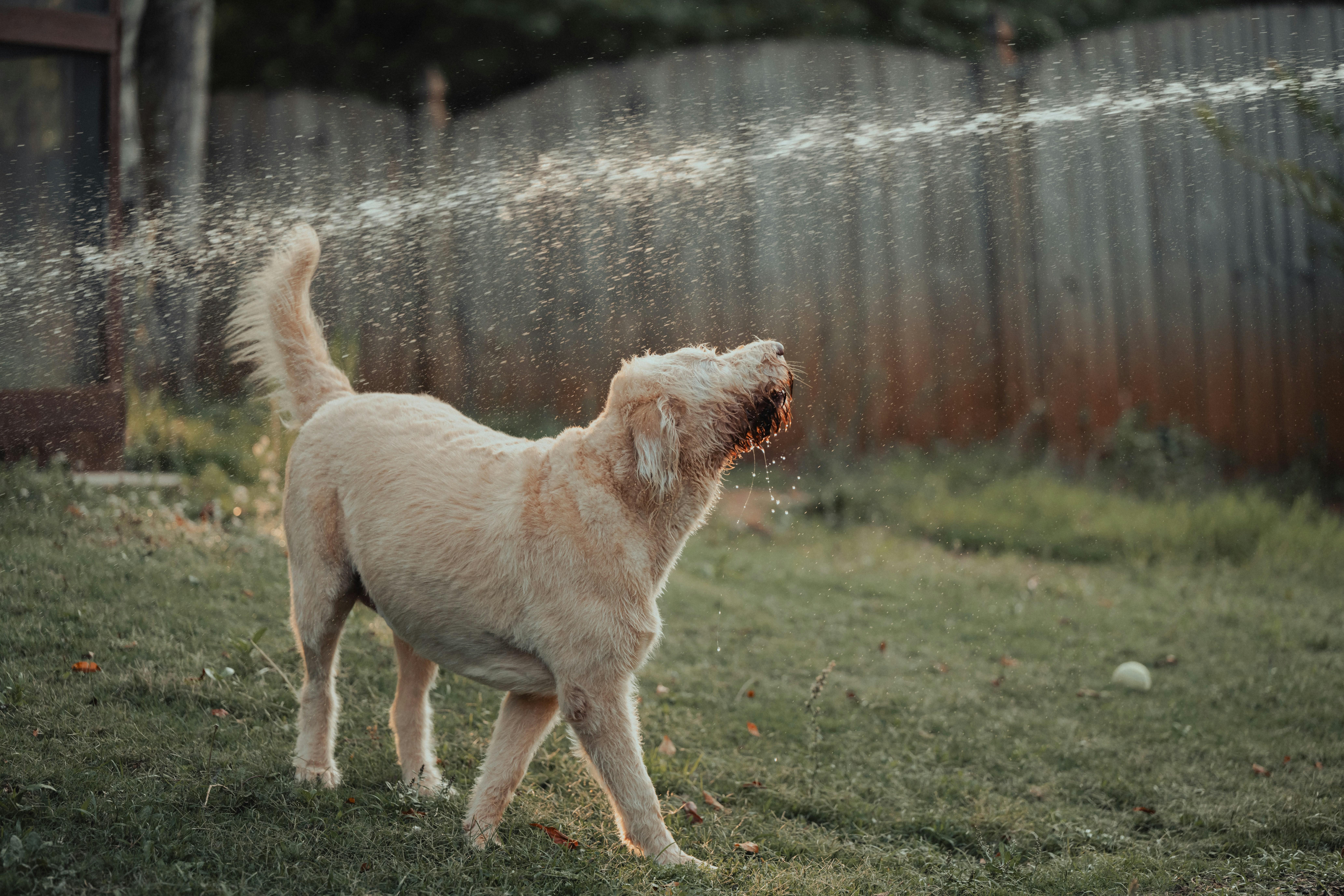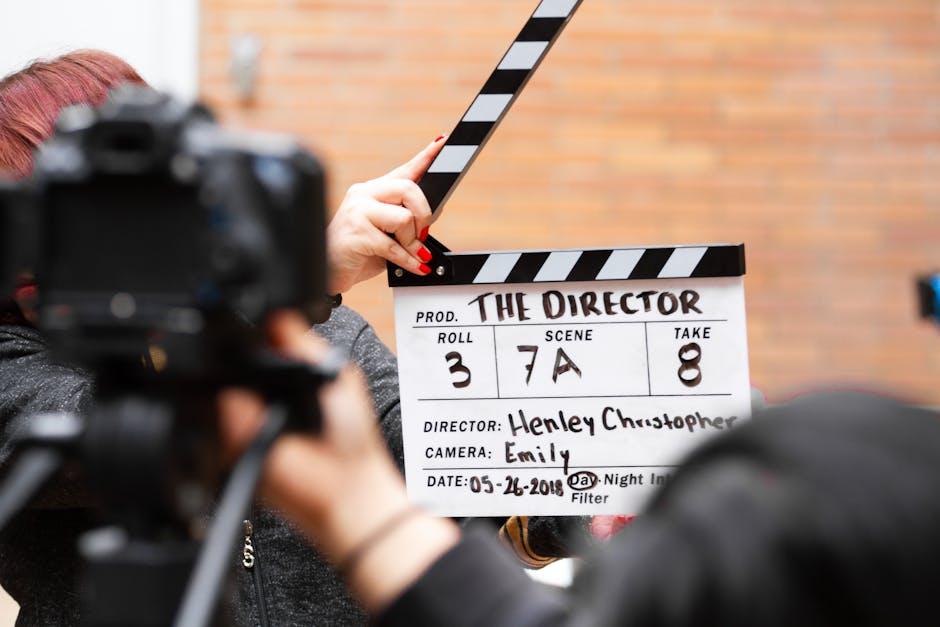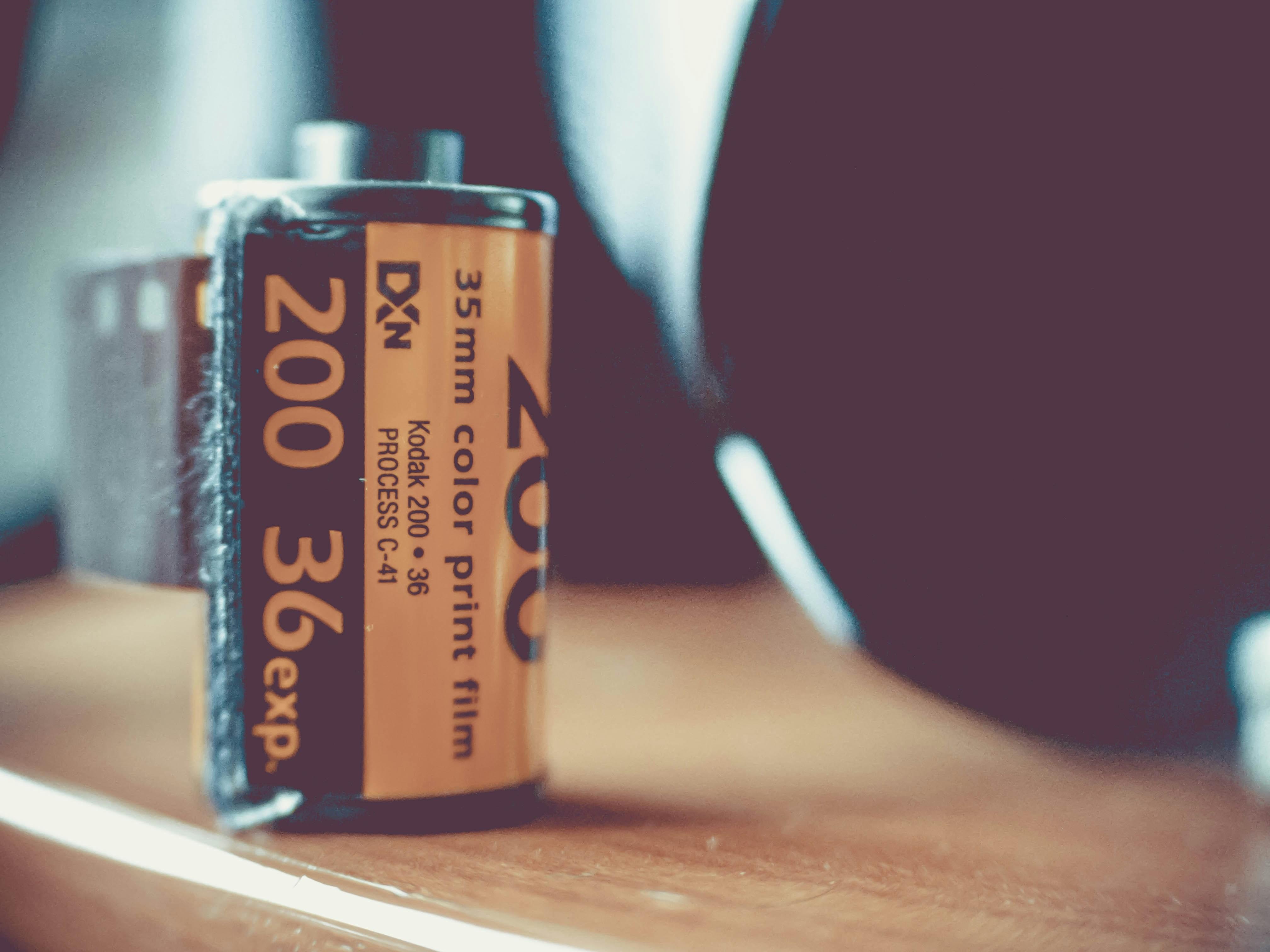In the ever-evolving landscape of film production, where meticulously crafted scripts and storyboarded scenes reign supreme, there exists a dynamic force that breathes life into the art of storytelling: improvisation. Often seen as the unscripted muse of cinema, improvisation weaves spontaneity into the fabric of film, offering directors and actors a canvas for raw, unfiltered creativity. This article delves into the role of improvisation in film production and creative storytelling, exploring how this unpredictable element can transform narratives, enrich character development, and infuse a unique authenticity into the cinematic experience. Join us as we uncover the delicate dance between structure and spontaneity that shapes some of the most memorable moments on screen.
Embracing Spontaneity: The Art of Improvisation in Filmmaking
In the world of filmmaking, improvisation acts as a powerful tool that injects authenticity and dynamism into the narrative. This creative spontaneity often transforms a scripted moment into something far more organic and engaging. Directors like Mike Leigh and John Cassavetes have famously embraced this technique, allowing actors the freedom to explore their characters beyond the confines of the script. The result is a performance that feels genuine and uncontrived, captivating audiences with its raw emotion.
- Enhanced Creativity: Improvisation opens the door to unexpected ideas and solutions, encouraging a collaborative environment where everyone contributes to the storytelling process.
- Authentic Performances: By stepping away from rigid scripts, actors can deliver performances that resonate with truth and relatability.
- Dynamic Storytelling: The fluid nature of improvisation allows for stories to evolve naturally, creating a more compelling and immersive experience for viewers.

Crafting Authentic Narratives: How Improvisation Enhances Storytelling
In the realm of storytelling, improvisation serves as a powerful tool to infuse authenticity and spontaneity into narratives. When actors and filmmakers embrace the unexpected, they breathe life into their characters and scenes, creating moments that resonate deeply with audiences. Improvisation allows storytellers to explore emotions and dynamics that might not emerge in a tightly scripted environment, offering a raw and genuine portrayal of human experience.
- Character Development: Improvisation helps actors delve into their characters, uncovering layers and nuances that enrich the storyline.
- Dynamic Scenes: By allowing for unplanned interactions, scenes become more fluid and natural, often leading to memorable and impactful moments.
- Creative Collaboration: It fosters a collaborative atmosphere where directors and actors can experiment and refine the narrative in real-time.

Balancing Structure and Freedom: Techniques for Successful Improvisation
In the realm of film production, the interplay between structured planning and spontaneous creativity can yield extraordinary results. Successful improvisation in storytelling hinges on finding the right balance between these elements. Directors and writers often lay down a solid framework, crafting a script that provides a clear direction. Yet, within this framework, there lies the potential for improvisation, where actors and filmmakers can infuse the narrative with unexpected moments of authenticity and depth.
- Set Clear Boundaries: Establish guidelines that define the scope of improvisation, ensuring it complements the storyline rather than detracting from it.
- Foster Trust and Collaboration: Create an environment where actors feel safe to explore and experiment, knowing their contributions are valued.
- Embrace the Unpredictable: Be open to the surprises that improvisation can bring, allowing them to enhance the narrative in unforeseen ways.
By embracing both structure and freedom, filmmakers can harness the power of improvisation to create stories that resonate with authenticity and originality, inviting audiences into a world where the unexpected becomes a source of captivating storytelling.

Empowering Actors and Directors: Practical Tips for Creative Collaboration
Improvisation serves as a dynamic tool in film production, fostering a rich environment where both actors and directors can thrive creatively. This art form encourages spontaneity, allowing performers to explore their characters beyond the scripted dialogue. Directors, on the other hand, benefit from the organic development of scenes, gaining fresh insights into narrative possibilities.
- Fosters Authenticity: Improvised scenes often capture raw emotions, leading to genuine performances that resonate with audiences.
- Enhances Creativity: Encourages a playful atmosphere where creative risks are embraced, often leading to unexpected breakthroughs.
- Builds Trust: Cultivates a collaborative spirit, enhancing the trust between cast and crew, essential for a cohesive storytelling process.
By integrating improvisation into the filmmaking process, actors and directors unlock a realm of creative potential, transforming the collaborative experience into a shared journey of discovery.

